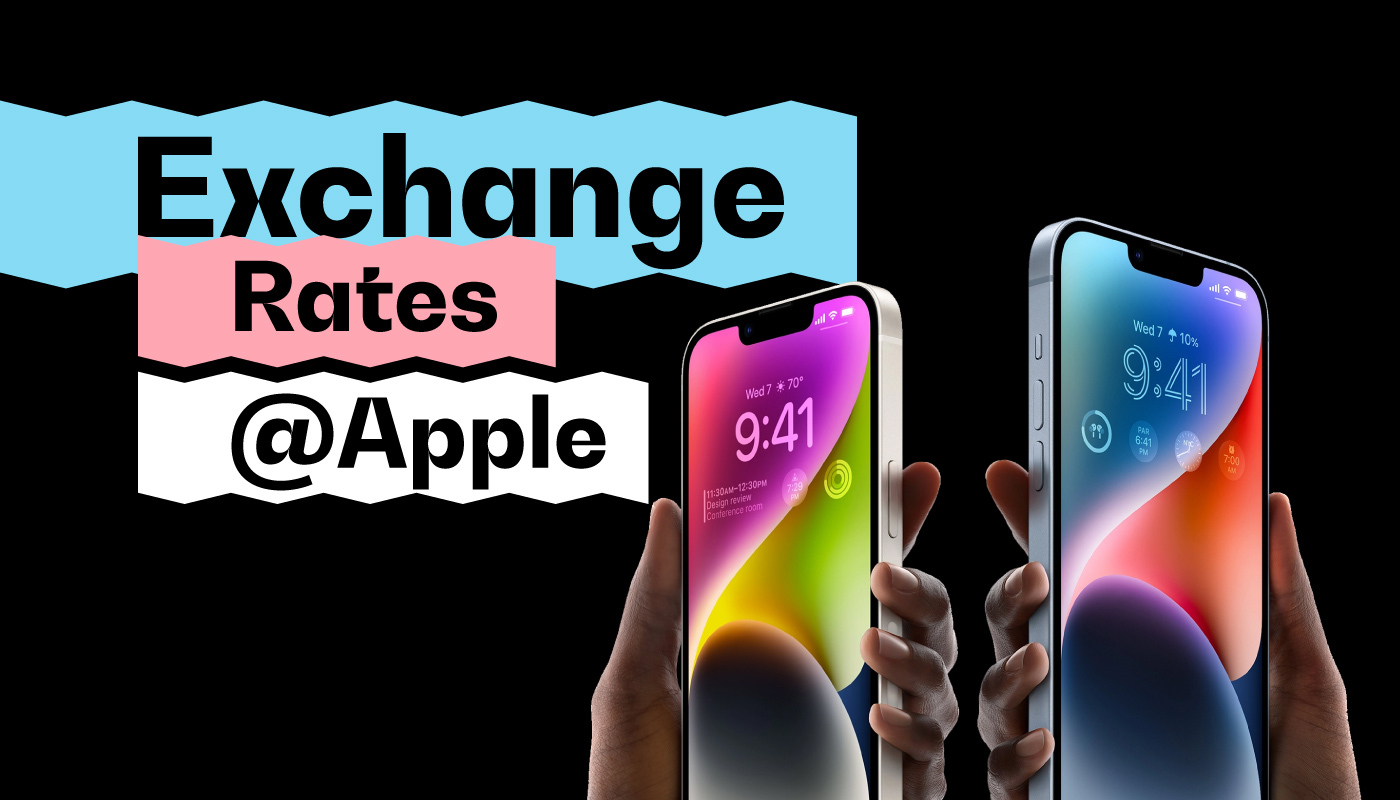
Voluntary Churn represents your customers who take the decision of leaving your app whether by canceling their subscription or simply deleting the app.
This simply shows that the user doesn’t see any value in your app anymore (or rather the value you attribute to your app via the packages you determine). The extreme version of this case can be observed through refund rates: the user is so dissatisfied with the product that not only (s)he cancels the subscription but also asks for a refund. Actually very few people go to these lengths even if they are dissatisfied and this is why Apple tracks refund rates very closely and if it considers these rates to be extreme, it can decide to remove your app or even your account altogether.
Please note that Refunded users are a subset of churned users: a certain number of subscribers cancel their subscriptions and some of members of that group go further to ask for a refund.
So it is important to track your refund rates and voluntary churn rates closely and act accordingly.
Like all our insights, we base our recommendations on customer journeys & personas. In Voluntary Churn we identify three main behaviors and this is how we suggest to tackle them
Activate Support:
It is frustrating for any user to stumble upon a problem, be it an UX/UI issue or a technical one, and not being able to get what you want from the app. Although a small minority, some actively seek a solution and try to reach out to the developer for a resolution. If your support channels are open and easily accessible, you can both manage not to lose those customers and learn some issues about your app to address them faster.
Please click to learn more about handling Support about your app.
Send Promotional Offers:
Users who don’t see that much value in your app after a while can also cancel their subscriptions. Some portion of these users can be won back by offering an additional free period or a reduced price. Since a canceled subscription doesn’t end right away, your app will most probably stay on the user’s phone until subscription expiration date.
Please click to learn more about Promotional Offers.
Make sure your product delivers what it promises
Sometimes with the excitement of launching a new product a development team might be inclined to “oversell” their app. This usually happens on the AppStore description and/or the onboarding pages leading up to the paywall. Alternatively, the UX/UI of the app might not be ideal which would give the users a hard time making the app work properly.
These cases result in users extremely dissatisfied with the app who cancel right away, request refunds and/or result in very low AtS rates if there are Introductory Offers involved (see our article about AtS).
Please click to learn more about meeting expectations about your app.


